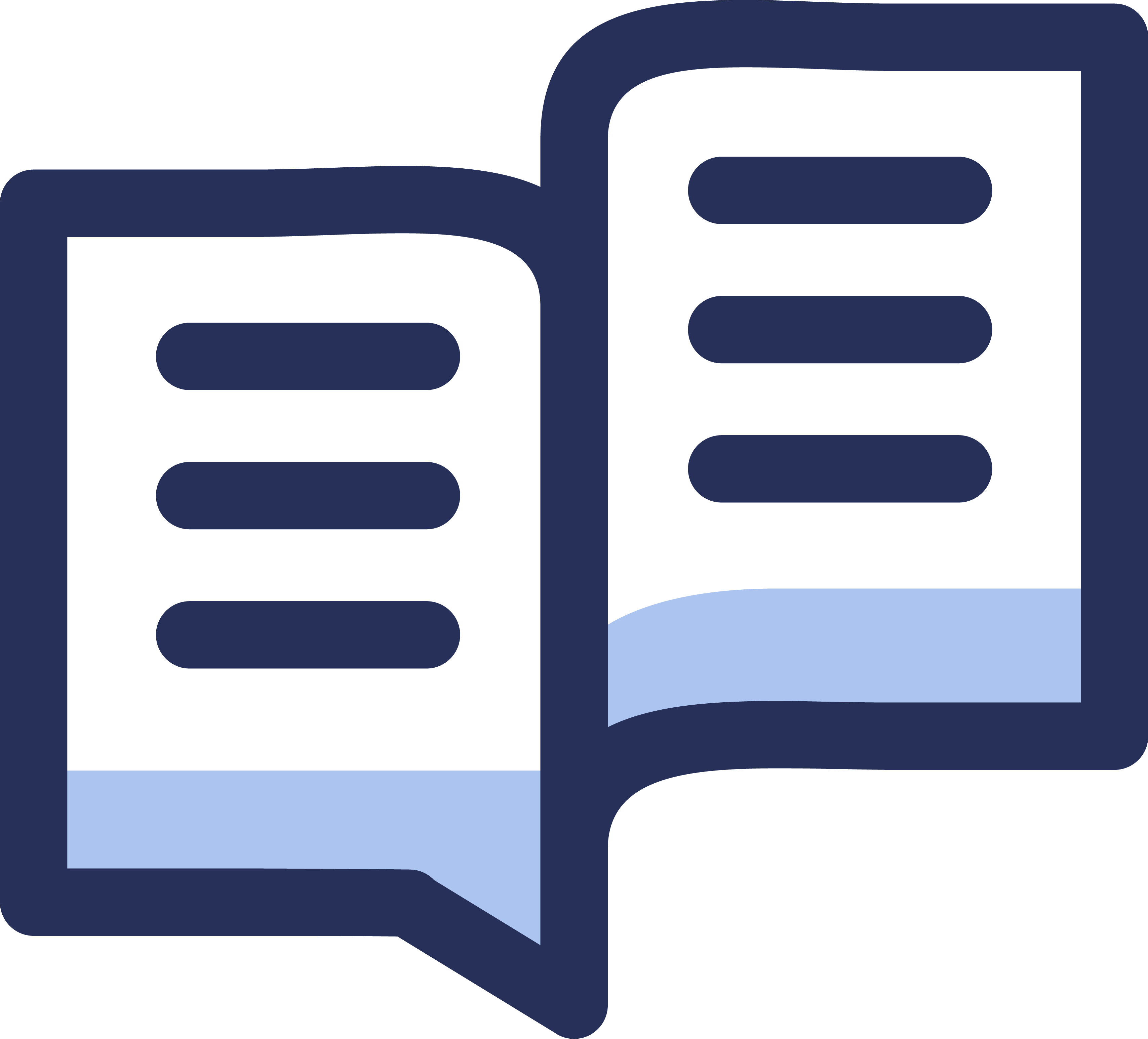
Today is a good day to learn English. Today, we’re focusing on understanding nouns and pronouns—two fundamental English grammar parts. that shape every sentence you write or speak. Grasping the basics of nouns and pronouns will not only improve your writing but also make it easier to express ideas confidently and clearly. This guide will walk you through each aspect with practical tips, examples, and a warm invitation to keep learning.
Let’s dive in together and explore nouns and pronouns!
What Are Nouns?
Before diving into the details, let’s start with the basics: What exactly are nouns? Simply put, nouns are words that name people, places, things, or ideas. They allow us to identify and talk about the world around us, from physical objects like “car” or “apple” to abstract concepts like “freedom” or “happiness.”
Think of nouns as the foundation of every sentence. They bring life to our ideas, letting us describe everything from who we are to what we experience. Imagine a sentence without nouns: “is tasty.” What’s tasty? An apple? A pizza? With nouns, sentences become complete and meaningful.
To help you get comfortable, let’s explore the different types of nouns and how each one plays a unique role in language.
Types of nouns and their uses
Understanding the variety of nouns will help you recognize them in sentences and use them effectively in your writing and speaking. Here are the main types of nouns and examples to clarify their uses.
1. Common and Proper Nouns
- Common Nouns refer to general items, such as “city,” “dog,” or “book.” These are not capitalized unless they begin a sentence. For example, in “I walked to the park,” “park” is a common noun.
- Proper Nouns, on the other hand, name specific people, places, or things, like “New York,” “Max,” or “Harry Potter.” These nouns are always capitalized, helping us distinguish them as unique names.
2. Concrete and Abstract Nouns
- Concrete Nouns represent things you can perceive with your senses, like “flower,” “apple,” or “song.” These nouns help you describe tangible items and experiences.
- Abstract Nouns describe concepts or ideas that you can’t physically touch, like “freedom,” “happiness,” or “success.” Abstract nouns allow us to communicate feelings, qualities, and ideas.
3. Countable and Uncountable Nouns
- Countable Nouns are items you can count individually, like “book” or “apple.” You can say, “three books” or “two apples.” They can be singular or plural.
- Uncountable Nouns are things that don’t have a distinct plural form and can’t be counted individually, like “water” or “advice.” For example, you would say, “I need water” instead of “I need a water.”
Understanding these types of nouns will enhance your writing precision. Now, let’s explore how to use them correctly.
How to Use Nouns Correctly When Writing or Speaking
Using nouns properly goes beyond simply choosing the right word. Here are some important tips for using nouns effectively.
Using Articles and Determiners with Nouns
In English, nouns often need an article (such as “a,” “an,” or “the”) or a determiner (like “this,” “some,” or “each”) to specify or clarify meaning. Here’s a quick breakdown:
- Indefinite Articles (“a,” “an”) are used with singular countable nouns when you’re referring to something non-specific. For example, “I saw a movie” suggests any movie, not a particular one.
- Definite Article (“the”) is used when you’re referring to a specific noun, like in “I saw the movie” (a particular movie that both you and the listener know).
Using Verbs and Pronouns
When you use nouns, they need to match with verbs in number (singular or plural):
- Singular nouns take singular verbs: “The dog is barking.”
- Plural nouns take plural verbs: “The dogs are barking.”
This agreement, known as subject-verb agreement, is essential for clarity. It may sound complicated, but with practice, it becomes second nature!
What Are Pronouns?
Pronouns might sound complex at first, but they’re really just words that stand in for nouns. They make language smoother and less repetitive. Without pronouns, sentences would sound clunky and repetitive, like: “Maria picked up Maria’s book because Maria left it in the car.” With pronouns, it becomes: “Maria picked up her book because she left it in the car.”
Using pronouns effectively involves understanding which pronoun to use in a given situation. Let’s break down the different types of pronouns to help you master them.
Types of pronouns and their uses
To choose the right pronoun, it’s helpful to know the different types and their roles:
1. Personal Pronouns
Personal pronouns refer to specific people or things and vary depending on whether they’re the subject or object of a sentence.
- Subject pronouns (e.g., “I,” “you,” “he,” “she,” “we,” “they”) do the action: “She runs every morning.”
- Object pronouns (e.g., “me,” “you,” “him,” “her,” “us,” “them”) receive the action: “The teacher called him.”
2. Possessive Pronouns
Possessive pronouns show ownership. Examples include “mine,” “yours,” “his,” “hers,” and “ours.”
- Instead of “That is Maria’s book,” you can say, “That book is hers.”
3. Reflexive Pronouns
Reflexive pronouns, like “myself,” “yourself,” and “themselves,” refer back to the subject. For instance, “She taught herself to play the guitar.” Reflexive pronouns add emphasis or clarify that the subject is performing an action on themselves.
Mastering these types of pronouns will allow you to use them confidently and correctly.
Avoiding Common Mistakes with Nouns and Pronouns
Even native English speakers can struggle with noun and pronoun agreement. Here are some common areas where mistakes happen—and how to avoid them.
Pronoun-Antecedent Agreement
A pronoun should agree with its antecedent, meaning the noun it replaces, in number and gender:
- Singular noun, singular pronoun: “The student finished his work.”
- Plural noun, plural pronoun: “The students finished their work.”
Using Pronouns Consistently in Number
Stick to a consistent number when using pronouns. If you start with a singular noun, use a singular pronoun:
- Correct: “Everyone should bring his or her own lunch.”
- Also Correct (modern usage): “Everyone should bring their own lunch.”
These tips help prevent confusion and ensure your sentences sound natural.
Practicing Noun and Pronoun Usage Through Examples
Practice is key to mastering nouns and pronouns! Here are some exercises to help reinforce your understanding. You can practice similar exercises to learn English at home:
Exercise 1: Replace Nouns with Pronouns
Take the sentence “Sarah went to Sarah’s car” and replace it with pronouns.
It becomes: “Sarah went to her car.”
Exercise 2: Identify and Correct Pronoun Errors
Look at a sentence like “Every student must bring their pencil” and correct it:
“Every student must bring his or her pencil” (or use “their” for inclusive language).
Exercise 3: Build Sentences Using Different Types of Nouns
Try constructing sentences using various types of nouns. For example, use common and proper nouns in a single sentence: “The dog chased Max.”
Similar exercises make grammar practice engaging, useful and help you improve your English pronunciation.
Conclusion
Nouns and pronouns might seem small, but they’re mighty! They’re essential for clear communication and help bring life and precision to your ideas. By understanding how to use these building blocks, you’ll become more confident and skilled in English. Remember, learning grammar is a journey, and every step you take strengthens your language skills. Keep practicing, enjoy the process, and know that every effort brings you closer to fluency. Happy learning!
Frequently Asked Questions
What’s the difference between a common noun and a proper noun?
A common noun refers to general items, like “city,” “dog,” or “book,” and is not capitalized unless it starts a sentence. A proper noun, however, names specific people, places, or things, such as “New York,” “Max,” or “Harry Potter,” and is always capitalized.
When should I use “a” versus “the” with nouns?
Use “a” or “an” when referring to any one item of something in general, like “a dog” (any dog). Use “the” when you’re talking about a specific item known to the speaker and listener, like “the dog” (a particular dog you both know).
How can I tell when to use “they” as a singular pronoun?
“They” can be used as a singular pronoun to refer to someone whose gender is unknown or to be inclusive. For example, “Each student should bring their notebook.” This usage is widely accepted in modern English.4. What’s a reflexive pronoun, and when should I use it?
A reflexive pronoun (like “myself,” “yourself,” or “themselves”) reflects the action back onto the subject. Use it when the subject and object are the same person or thing, as in “I taught myself to play piano.”




Leave a Reply